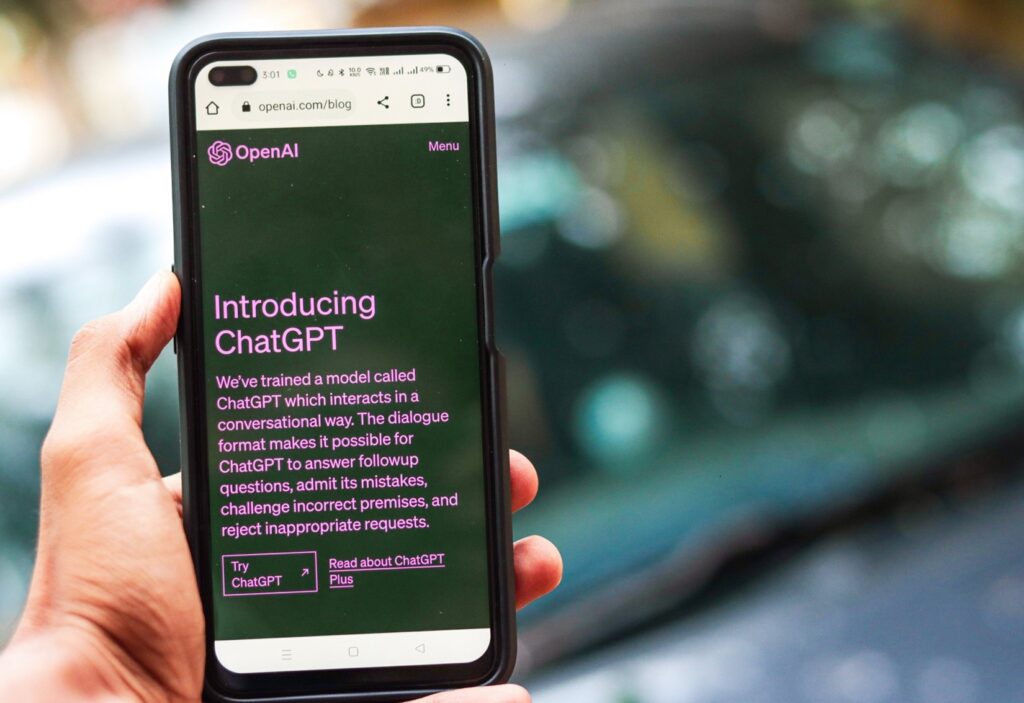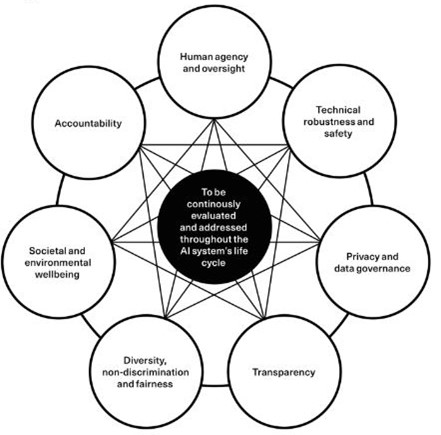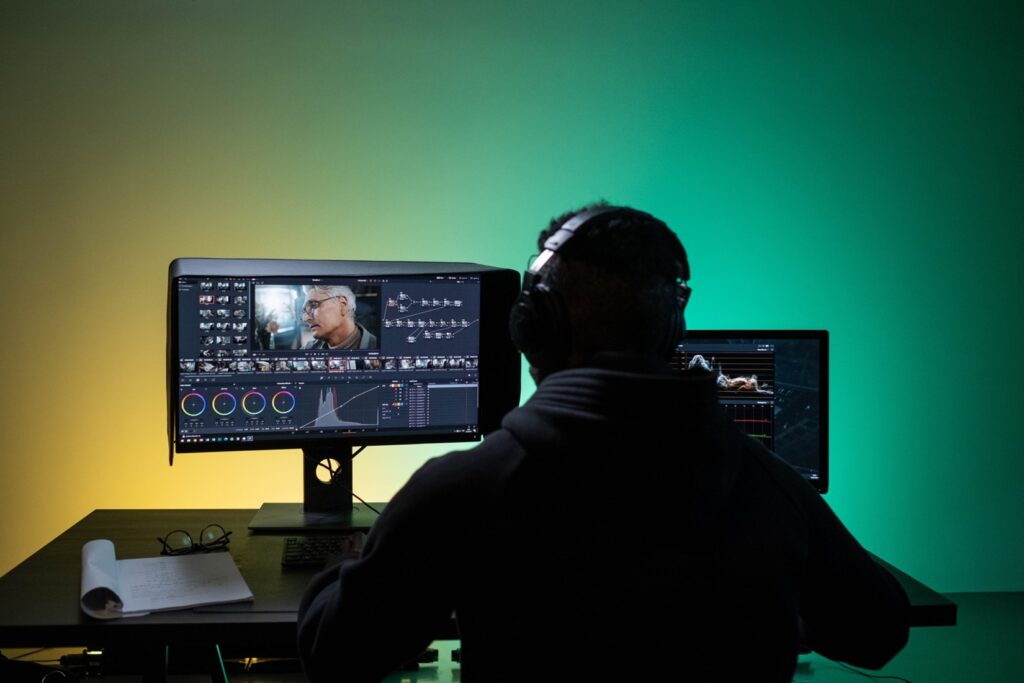“I don’t want to be just one thing. I can’t be. I want to be brave, and I want to be selfless, intelligent, honest, and kind. Well, I’m still working on kind.” –Four, “Divergent,” Summit Entertainment, 2014
Recently, we were chatting (okay, texting) with a friend who mentioned an article we had read about things that were once great but are now lost. One comment was a claim that shows/movies were far better in the old days, compared to all the new options. We said it might be the overflow of content today. According to Statista, only about 200 scripted projects were released in 2013, but last year, there were nearly 600.
He proceeded to enlighten us:
- Hollywood shows/movies weren’t inclusive back then.
- They didn’t portray any reality.
- War movies were stupid propaganda.
- Shows/movies were heavily censored.
- Content was strongly controlled by a few studios.
- A lot of crap was produced to please studio/network bosses.
- Shows/movies back in the day sucked.
We were hoping he would tell us what he really thought.
Okay, maybe.
However, 10 years ago, it was almost a badge of professionalism to work in the writers’ rooms or on set 10 hours a day, including Fraterday. Actors, background actors/extras, and stunt personnel struggled inside heavy costumes and sweaty makeup. Entire crews worked in freezing cold or sweltering locations to ensure “authenticity,” and “exotic” locations weren’t exotic. Postproduction folks constantly pulled all-nighters to meet abbreviated deadlines. You could sleep, heal (bones and egos), and recover when the project was delivered. The budget (time/money) and audience ratings/response were what really mattered.
Today, new hardware and software technologies are making the work better, easier, more creative, and more productive for everyone. One of the best, we believe, is LED virtual production. It has virtually eliminated the need to move everything and everyone for location shoots. The technology made it possible to deliver “real” environments that only existed in the minds of the creatives. Everyone saw what the camera saw. “We’ll fix it in post” was virtually eliminated from the discussion.
LED virtual production technology has been a dramatic leap forward for show/movie production. Developed and popularized by Industrial Light & Magic (ILM) for the production of Star Wars and the TV series The Mandalorian, the wall places the actors into the realistic virtual environment. So, directors, cinematographers, and actors don’t have to imagine their surroundings, as with previous greenscreen production, because they’re right there. They can visualize what the project will look like, which saves time, money and frustration.
The tech relies heavily on Epic Games’ Unreal Engine, Nvidia GPUs, and powerful computer systems to deliver the environment—but that’s just techie stuff. The virtual production wall has almost eliminated the need for the construction of large, expensive, and complex sets. The technology resulted in the loss of some construction jobs, but most of the crew gained new skills and adapted to delivering the new set environment.
The LED virtual technology is such an improvement in content production that all the studios being built in the Americas and around the globe include them. And, one of the first things content creators, producers, and studio owners want to know is whether the facility offers the virtual production environment. And why not? The technology provides a more realistic and immersive environment that enables real-time set changes, streamlined filming, on-set/in-camera adjustments, and faster, less costly postproduction work.
The technology has become so reliable (and economical) that one of our local stations, KPIX in San Francisco, introduced the new environment into their newscast and production workflow. After all, they have to compete against social media and streaming content for audience attention. Similarly, all of the facilities are being used for the same reason—to put seats in theater seats and to capture and retain home viewers.
Valued at nearly $3 billion last year, the virtual wall and production market is projected by industry analysts to reach more than $5.1 billion by 2027. AI could have a similar positive effect on the creation of shows/films, but it has to be released and used in a cautious and controlled manner.
Before the end of last year, Sam Altman was fired and then reinstated as CEO of OpenAI, developer of ChatGPT, and a new board of directors was voted in… hey, stuff happens.

Altman’s approach was similar to that of a lot of software developers: develop it, release it, break it, and we’ll fix it when folks find a problem. That worked fine when you developed/delivered a video game or word processing package. It doesn’t work with AI—which has been quietly automating human tasks for years—because the foundation of the technology is that it simulates the human intelligence process. The last we checked, the basic goal of the human intelligence process is to… survive.
We realize the AI tools are developed to do special things better and more reliably, or help people do their work more quickly and accurately. However, because it can do both good and evil equally well, most of the leading experts joined together and signed a letter stating they wanted the government to establish a clear set of laws, guidelines, and guardrails on the implementation and use of the technology.
What an idea! We don’t know about your country’s national government, but here in the US, the average age of a person serving in Congress who establishes these rules is 58 in the House and 64 in the Senate, with some in their 80s and one 90, while the median age of an American is 39 years.
Back in 1992, then President George H.W. Bush was amazed when he saw a supermarket barcode scanner. We’re not picking on George, but if a person has held a senior position in our government for a long time, there’s a pretty good chance the only thing they know about AI is how to spell it. We know, cheap shot. But the EU has already spent considerable time looking at the technology from almost every angle and have developed a detailed set of industry/application guidelines for trustworthy AI. They may not, and probably aren’t, as all-encompassing as business and industry will need, but they are a move in the right direction to control a technology that has potential for good… and evil.

In addition, the high-level guidelines can provide the foundation for the content industry. The best solution for the film/video story industry would be for international professional standards organizations like HPA (Hollywood Professional Association), SMPTE (Society of Motion Picture and Television Engineers), and similar organizations around the globe to spell out a specific set of guidelines for the worldwide entertainment industry. They won’t be perfect, and they won’t cover all applications, but they would provide the industry with a general set of guidelines that organizations could adapt/adopt to meet specific needs.

Even without these guidelines, a number of industry leaders including Adobe, Avid, and Blackmagic Design/DaVinci have already introduced AI-enabled postproduction tools that professionals are using to edit, color correct/grade, and add/refine visual effects. The AI-enabled tools haven’t replaced members of the post team, but they have enabled folks to deliver outstanding video, good professionals to produce great content, and junior staff members to do good work at the outset.
In addition, even before remote work became “a thing,” project postproduction was being done globally. Using a secure cloud and common tools, it’s very common for different professionals in Atlanta, Burbank, Berlin, India, and New Zealand to work on a project at the same time, passing segments from time zone to time zone and specialty to specialty. As a result, the global team can stay focused and still produce a superior video product quickly and economically.
With virtual production studios and post teams located around the world, streamers like Netflix, Amazon, Apple, and Disney can acquire great video stories “over there” and make them available here or anywhere.
Historically, localization of films and shows has been a major hurdle for video projects to be enjoyed by people in Germany, Mexico, India, Dubai, and New York City. Translating the audio and adding the written translation in the lower 1 inch of the screen was usually the fastest and most economic approach. However, accurate translation has been difficult and time-consuming. Dubbing (having the actor “speak” the audio in another language) requires precise mouth/lip manipulation with a voice actor saying the dialogue so it looks and sound realistic—a process that has been very time-consuming and expensive. AI-enabled localization tools have dramatically improved the quality of the dubbed/subtitled projects, while reducing the time and cost required to perform the task to make the total film/show interesting and immersive for the viewer—regardless of his/her native language.
While there are more than 7,000 languages spoken around the world, Allan McLennan, president of 2G Digital Post, noted that more than half of the people speak the top 20 languages.
“With apps like our AI translation/localization tools, we’re able to rapidly, economically, and most important, accurately, make a studio/streamer project produced in one country available for release in other countries so the actors speak, sound, and express themselves naturally in the audience’s native tongue,” McLennan explained. “Our offices in key locations around the world have processed vast amounts of text, acronyms, abbreviations, voice, and dialect material, so our localization tools can ‘learn’ to speak and present the content accurately, believably. The prior labor-intensive work was expensive and often prone to poor or inaccurate interpretation for subtitles. It was also extremely difficult to provide consistent lip-synch for the dubbing, while the audio was limited to the specific voice actor. No one was happy with the results, especially the audience.”
But once the industry has a basic foundation of AI guidelines that has been set by the industry standards groups (SMPTE, HPA, etc.), then the film/show industries’ creative and production folks like WGA, SAG/AFTRA, and other guilds/unions can use the industry foundation as a logical and professional base to define the specific AI guidelines that meet everyone’s goals.
Will the final guidelines/guardrails meet everyone’s needs/expectations? Of course not. Some jobs will be displaced, while new openings/opportunities emerge. But, it will sure beat 100 days without pay and, more importantly, stepping off the edge and hoping there’s a safety net there for you.
If there is a clear, concise set of global and industry application and do/don’t guidelines for AI, at least you know you’re not in the wrong place… at the wrong time.
Just remember what Four said in Divergence: “Fear does something strange to people, like Al. But not you. Fear doesn’t shut you down, it wakes you up.”
Maybe with the right guidelines that everyone follows, we’ll be able to develop and produce interesting/inviting shows/movies, get paid properly for them, andbe able to have some time to relax and enjoy them. Maybe….